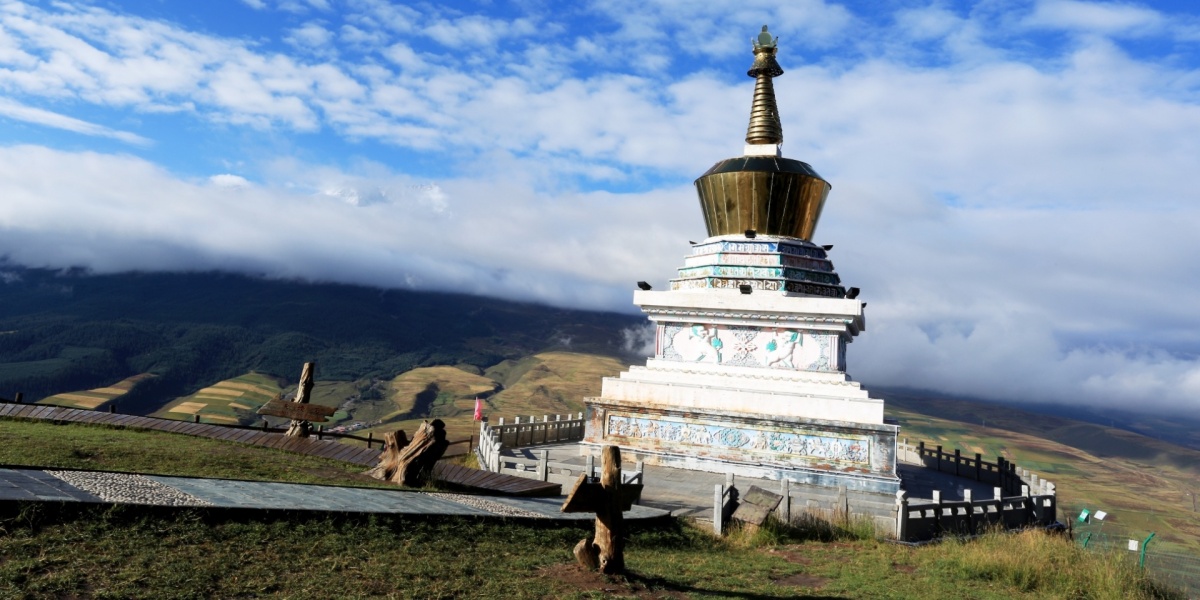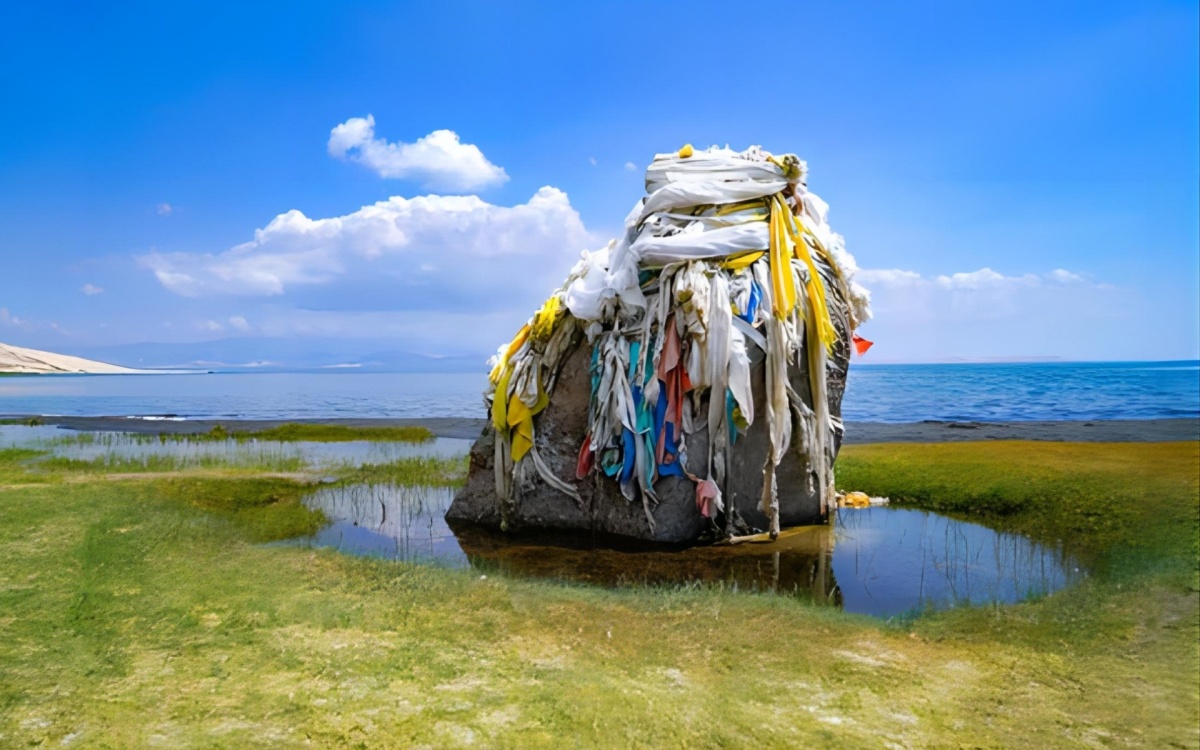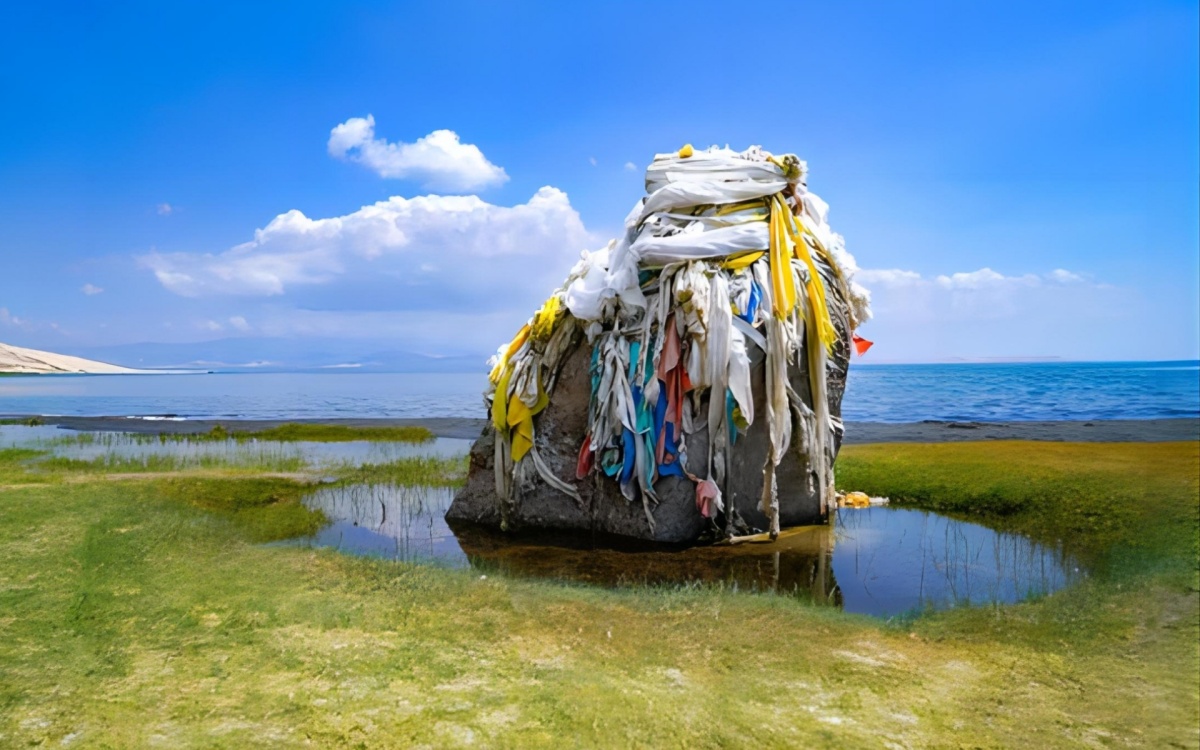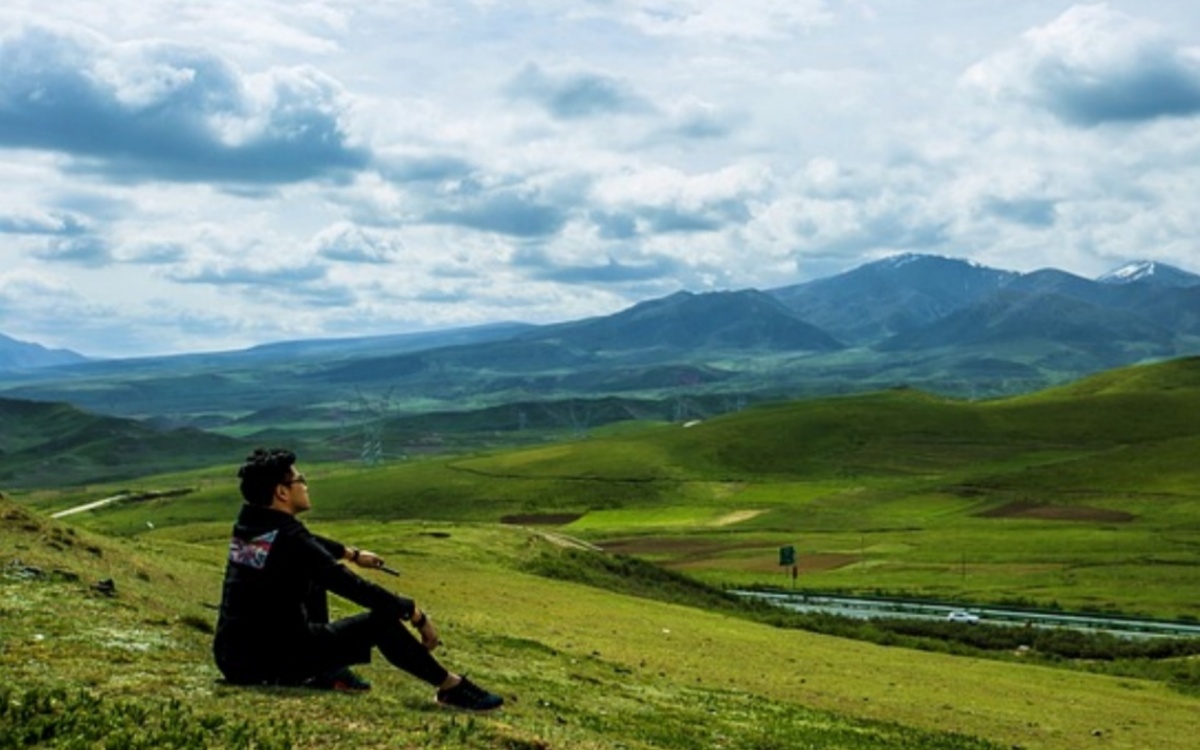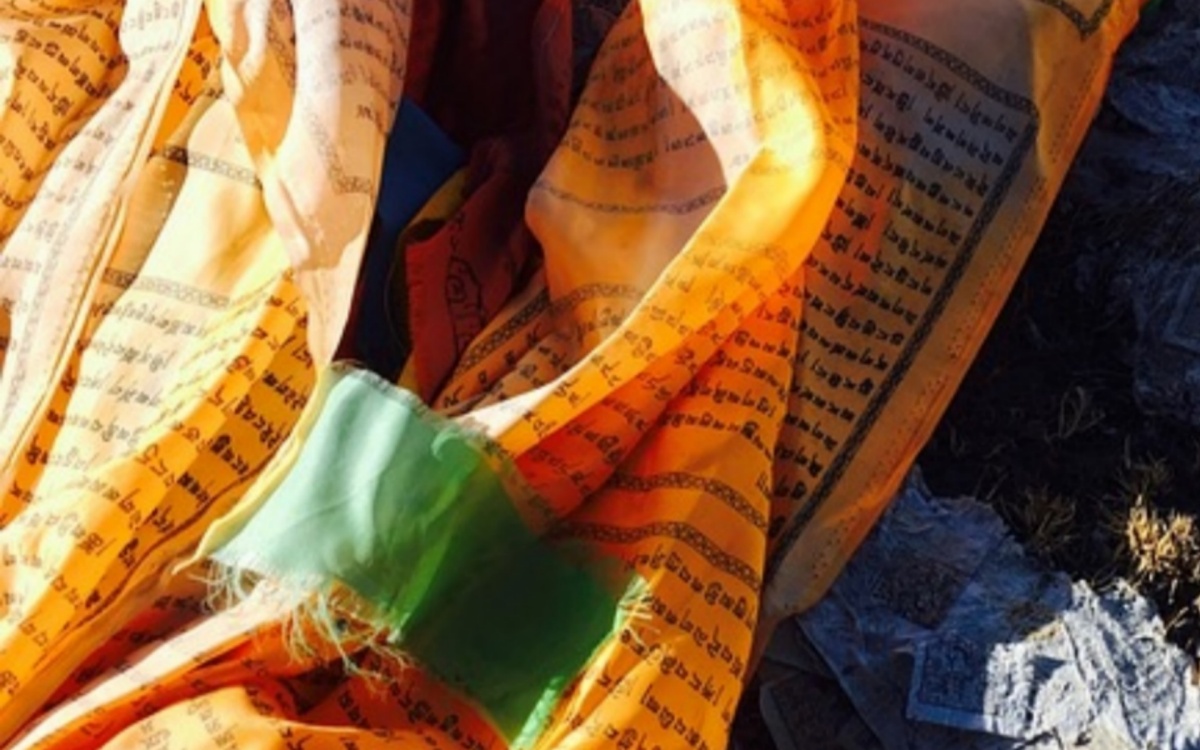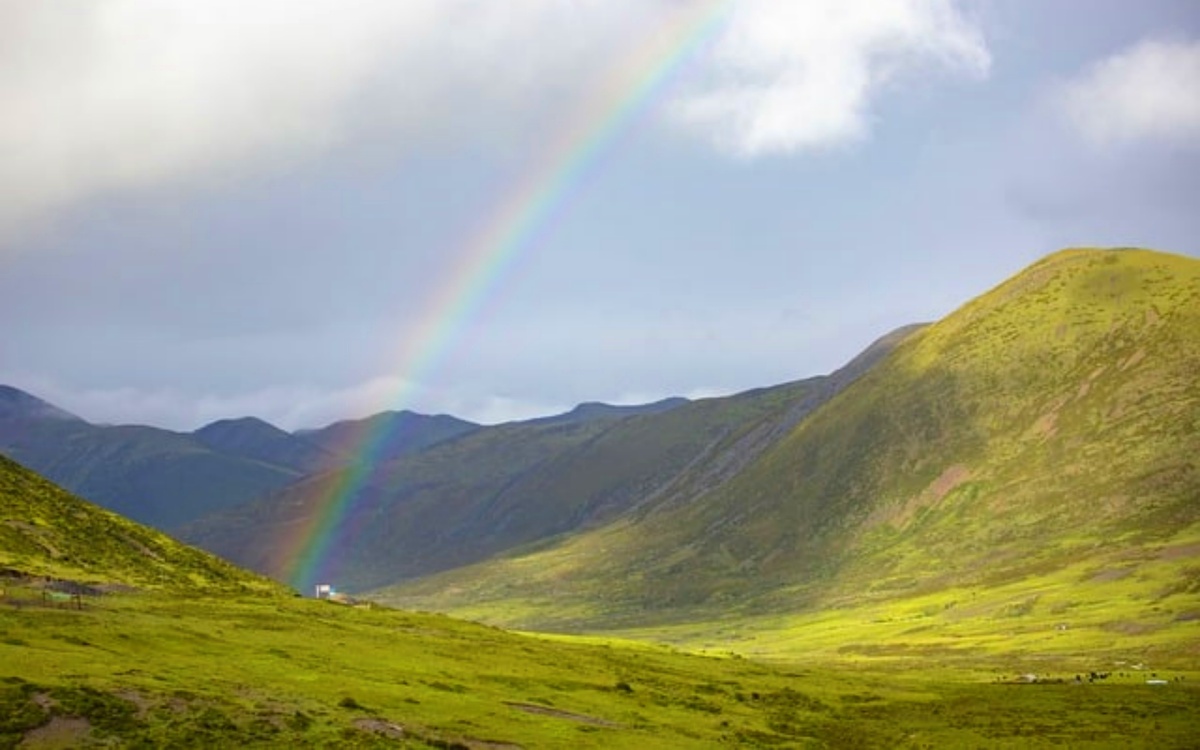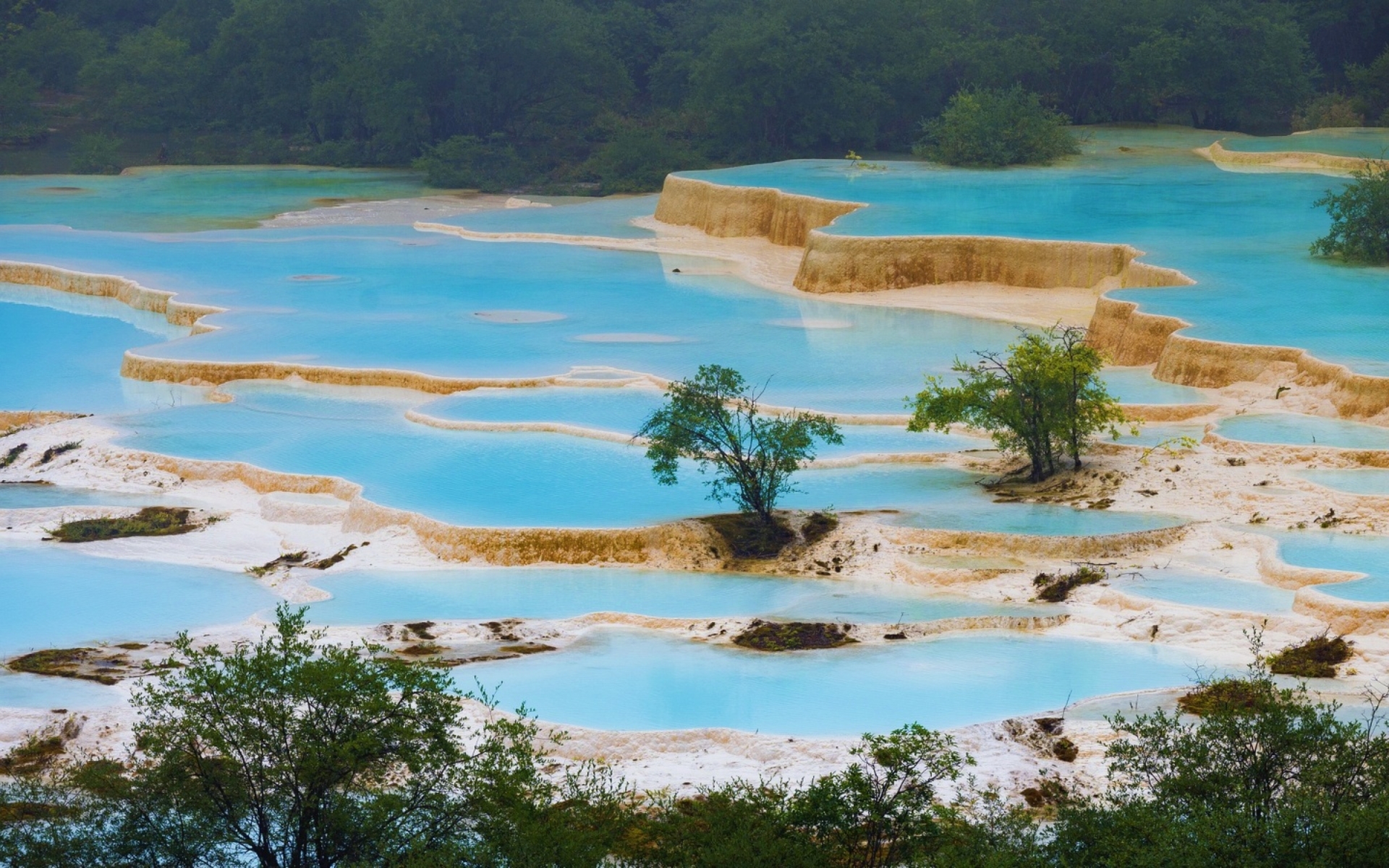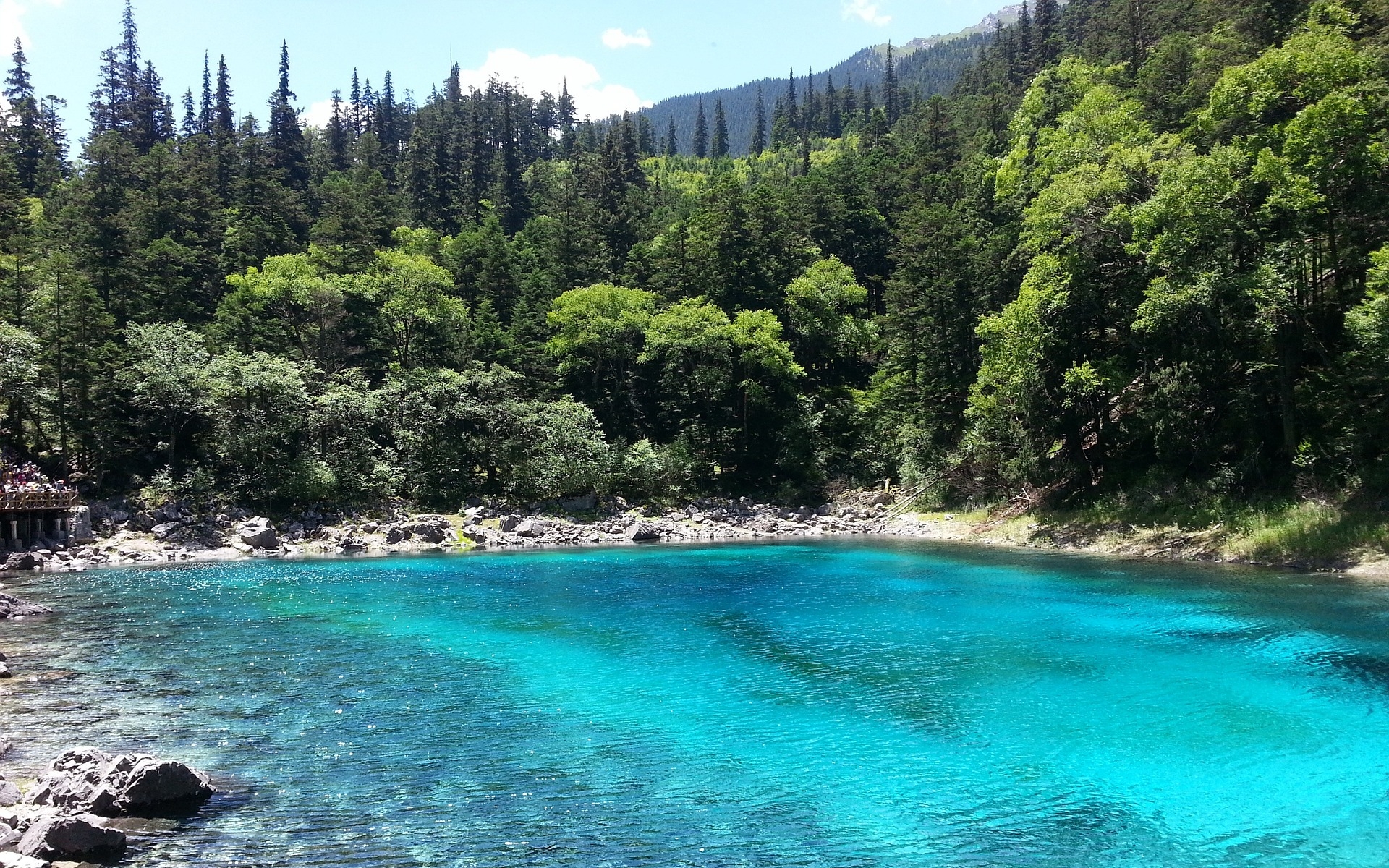Qinghai-Sichuan Exploration Tour
- Tour Code: CT-QS-08
- Time: 8 Days
- Accommodation: 7 Nights(4+ Stars Hotel)
Why Choose lnto Explore China Group Tour
Included & Excluded
- The price is based on two people sharing one twin room. If you prefer a single room, please contact us for a quote.
- Price may vary depending on exchange rates, travel dates, and hotel class.
- Comfortable hotel with daily breakfast (twin room)
- Professional English-speaking local tour guide
- Air-conditioned private coach throughout the tour
- Entrance tickets to all listed attractions and activities
- Lunches as specified in the itinerary
- Domestic fights and high-speed train tickets
- One travel accident insurance per person
Travel Guide Notes
1. What kind of clothing should I pack for an 8 - day trip from Qinghai to Sichuan?
The climate in Qinghai and Sichuan can vary significantly during your 8 - day trip. In Qinghai, especially near Qinghai Lake, the weather is cooler due to the high altitude. Pack long - sleeved shirts, sweaters, and a thick jacket. Also, bring a hat, sunglasses, and sunscreen as the UV rays are strong. In Sichuan, depending on the season, it can be warmer. In summer, light, breathable clothing like short - sleeved shirts and shorts are suitable, but you still need a light jacket for the evenings as it can get chilly in the mountainous areas. Comfortable walking shoes are a must as you'll be doing a lot of sightseeing and possibly some light hiking.
2. What are some local specialties I must try during the trip?
In Qinghai, you can't miss hand - grabbed lamb, which is tender and flavorful. Suyuk tea (butter tea) is also a local favorite, providing warmth and energy in the cold climate. In Sichuan, hotpot is a must - have. The spicy and numbing broth filled with various ingredients is a unique culinary experience. Also, try Dan Dan noodles, with their savory and spicy sauce. In Tongren County, you may find some traditional Tibetan snacks, and in Xiahe, Tibetan - style yogurt is worth a taste.
3. What are the recommended accommodation options along the route for different budgets?
Budget: In Qinghai, near Qinghai Lake, there are some budget - friendly guesthouses. They offer basic but clean rooms. In Sichuan, especially in smaller towns like Chuanzhusi Town, you can find affordable hostels. These are great for backpackers on a tight budget. Mid - range: In Xiahe, there are mid - range hotels that provide comfortable rooms with decent facilities. In the areas around Huanglong and Jiuzhaigou, there are also many mid - priced hotels that offer good value for money. Luxury: In Chengdu, the end - point of your trip, there are numerous luxury hotels with top - notch services, spas, and fine - dining restaurants. Near Qinghai Lake, some high - end resorts offer beautiful lake views and excellent amenities.
4. What's the best way to travel between these destinations?
If you have enough time and want to enjoy the scenery along the way, self - driving is a great option. You can stop whenever you like to take photos or explore interesting spots. However, you need to ensure your vehicle is in good condition, especially for the mountainous roads. Public transportation is also available. You can take long - distance buses between major cities and towns. For example, there are buses from Xining (in Qinghai) to Xiahe. But the schedules may not be as flexible as self - driving. Flights can be considered for long - distance travel between major cities like from Xining to Chengdu, but they may be more expensive.
5. What cultural or social norms should I be aware of during the trip?
In Qinghai and Sichuan, especially in areas with a strong Tibetan influence like Tongren County, Xiahe, and Langmu Temple, respect local religious customs. When visiting temples, dress modestly, avoid making loud noises, and don't point at religious objects. In Tibetan areas, it's polite to accept offerings like butter tea with both hands. Also, be mindful of environmental protection. Don't litter in natural scenic spots and respect the local ecosystem. In Sichuan, when dining in local restaurants, it's common to share dishes, and it's polite to wait for the host to start eating before you begin.
6. What safety precautions should I take during the 8 - day trip?
Health Safety: Since you'll be traveling to high - altitude areas like Qinghai Lake and Xiahe, be aware of altitude sickness. Take it easy when you first arrive, avoid strenuous exercise, and you can take some preventive medications like Hongjingtian. In Sichuan, especially in the mountainous areas of Huanglong and Jiuzhaigou, the weather can change quickly, so bring warm clothing and rain gear. Transportation Safety: If self - driving, be cautious on mountain roads, especially in bad weather conditions. Follow traffic rules and keep a safe distance from other vehicles. When using public transportation, hold on to handrails and be careful when getting on and off. Personal Safety: Keep your valuables with you at all times, especially in crowded tourist areas. Be wary of pickpockets.
7. What are some must - visit attractions along the route and what are their highlights?
Qinghai Lake: As the largest inland lake in China, it offers stunning views of the lake and the surrounding mountains. You can enjoy the beautiful sunrise and sunset, and even take a boat ride to explore the lake. Ganjia Grassland: In summer, the grassland is covered with green grass and colorful flowers. You can experience the nomadic lifestyle, ride horses, and enjoy the fresh air and peaceful scenery. Langmu Temple - Ruoergai Flower Lake - Chuanzhusi Town: Langmu Temple is a unique temple divided between two provinces. Ruoergai Flower Lake is a beautiful high - altitude lake surrounded by colorful flowers in the right season. Chuanzhusi Town has a quiet and charming atmosphere, with traditional Tibetan - style buildings. Huanglong: Famous for its calcium carbonate pools, the pools change colors with the sunlight, creating a dreamy landscape. The ancient Huanglong Temple adds a touch of mystery to the place. Jiuzhaigou: Known for its crystal - clear lakes, waterfalls, and forests, it's like a fairy - tale world. The Five - Flower Lake is one of the most iconic spots, with its multi - colored waters.
Cancellation Policy
- Free cancellation if canceled 60 days or more before the tour starts
- 5% of total tour cost if canceled 45-59 days before departure
- 10% of total tour cost if canceled 30-44 days before departure
- 25% of total tour cost if canceled 15-29 days before departure
- 45% of total tour cost if canceled 7-14 days before departure
- 100% of total tour cost if canceled less than 7 days before departure

